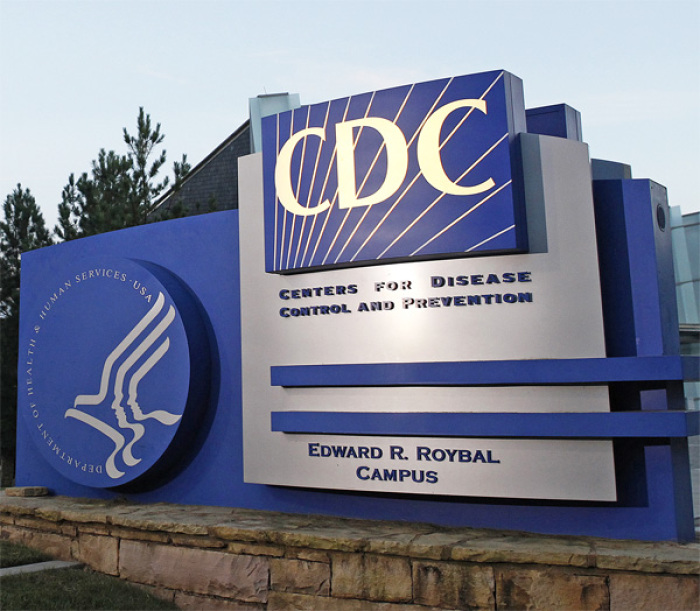Suicide rate for kids ages 10 to 14 nearly tripled in last decade: CDC

The suicide rate among children aged 10 through 14 has nearly tripled from 2007 to 2017, while the suicide rate among older teenagers has increased by 76 percent between 2007 and 2017, new federal data show.
According to a new report from the Centers for Disease Control and Prevention’s National Center for Health Statistics, the suicide rate among 10 through 24-year-olds has increased 56 percent over the last decade as violent deaths (suicide and homicide) continue to be leading causes of death for that age bracket.
In 2017, suicide was the second leading cause of death for children aged 10 to 14, teenagers 15 to 19, and young adults ages 20-24.
Meanwhile, homicide ranked as the third most common cause of death for teens aged 15-19 and adults aged 20-24, and the fifth most common cause for children aged 10-14.
“After a stable period from 2000 to 2007, suicide rates for persons aged 10-24 increased from 2007 to 2017, while homicide rates increased from 2014 to 2017,” the report explains.
“The pace of increase for suicide was greater from 2013 to 2017 (7 percent annually, on average) than from 2007 to 2013 (3 percent annually).”
Although it declined from 2000 to 2007, the suicide rate for children ages 10 through 14 has nearly tripled from 2007 (0.9 deaths per 100,000 persons) to 2017 (2.5 deaths per 100,000 persons).
Though stable from 2000 to 2007, the suicide rate for U.S. adolescents aged 15 to 19 increased from 6.7 per 100,000 persons in 2007 to 11.8 per 100,000 persons in 2017. The pace of increase was greater from 2014 to 2017 with an increase of 10 percent per year on average.
“Not only is suicide trending upward, but the pace of increase is actually accelerating,” said the report’s co-author, Sally Curtin, in an interview with NPR.
Homicide rates for teens aged 15 to 19 declined from 2007 to 2014 but increased 30 percent to 8.7 deaths per 100,000 persons in 2017.
From 2000 to 2017, the suicide rate for adults aged 20 to 24 increased by 36 percent from 12.5 deaths per 100,000 persons to 17. During that period, the greatest increase (average of 6 percent annually) in homicide for this age group occurred from 2013 to 2017.
Although the homicide rate for young adults aged 20 to 24 declined by 24 percent from 2000 to 2014, it increased by 15 percent from 2014 to 2017 (12.1 deaths per 100,000 persons).
Alex Crosby, a chief medical officer at the CDC, told CBS News that it's impossible to nail down any single factor that might be causing the increase in violent deaths among young people.
Colleen Carr, director of the National Action Alliance for Suicide Prevention, told Medscape Medical News that more research is needed to better understand factors at play in the accelerating suicide rates among youth and young adults in order to bolster prevention efforts.
“It is important to recognize that suicide is not caused by one single factor but instead a range of factors that include mental health conditions, but also include important situational factors that many of us will experience in a lifetime — including social, physical, emotional or financial issues,” Carr was quoted as saying.
Glenn Thomas, a clinical director of community-based services for behavioral health at the Nationwide Children’s Hospital in Ohio, told CBS News that the rates of depression have increased in a consistent manner with the suicide rate.
Suicide was the 10th most common cause of death among all Americans in 2017.
Lisa Horowitz, a pediatric psychologist at the National Institute of Mental Health, told The Washington Post that the increase in violent deaths should bring a “call to action.”
“Just looking at these numbers, it’s hard not to find them completely disturbing,” Horowitz said.




























